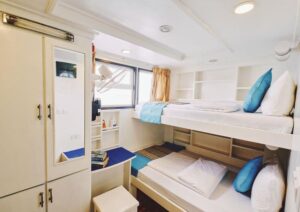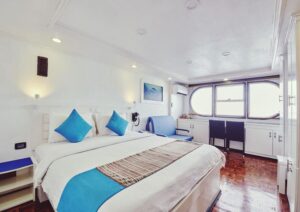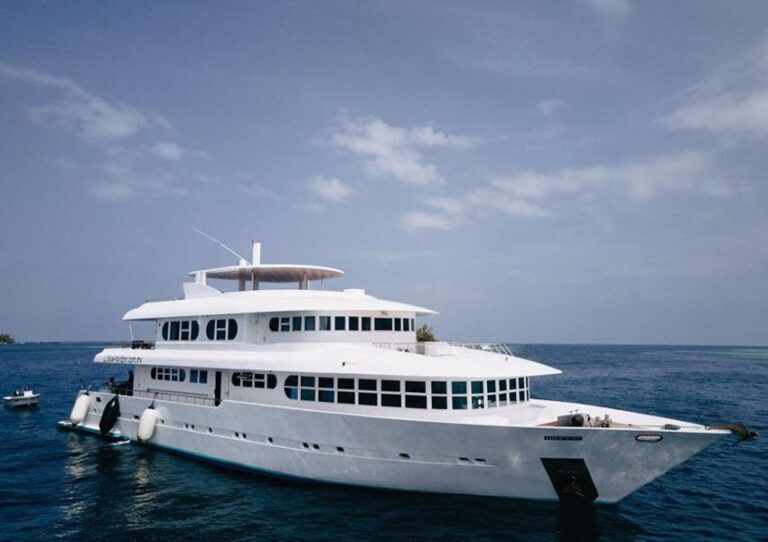
Horizon III
(a Safari Boat)
FLEXIBLE BOOKING TERMS and 100% BEST PRICE GUARANTEE
LOWER DECK
LOWER DECK
STANDARD MAIN DECK
UPPER DECK
– TWIN Cabins –
– DOUBLE Cabins –
– TRIPLEE Cabins –
– DELUXE Cabin –
(Approximately 17 Dives) 07 Nights ITINERARY
-20% Special Deal
USD 2,637
/ Person
_____________________________________
_____________________________________
_____________________________________
_____________________________________
__________________________________________________________________________________________________________________________________________________________________
US$ 2,110
US$ 2,110
US$ 2,110
US$ 2,110
/ Person
/ Person
/ Person
USD 2,637
USD 2,637
USD 2,637
-20% Special Deal
-20% Special Deal
-20% Special Deal
- 2 people
- TWIN Accomodation
- Aircon with control in room
- 2 people
- DOUBLE Accomodation
- Aircon with control in room
- 3 people
- Single and Double
- Aircon with control in room
- 2 people
- Double Bed
- Aircon with control in room





For Booking / Reservation, kindly fill & send
Learn more about what is included in the price in the Booking Conditions. Your booking is an obligation FREE and we can answer all your questions with up-to-date information’s (since we are based in the Maldives) by e-mail / phone / viber / whatsApp, before you decide to confirm your booking.
